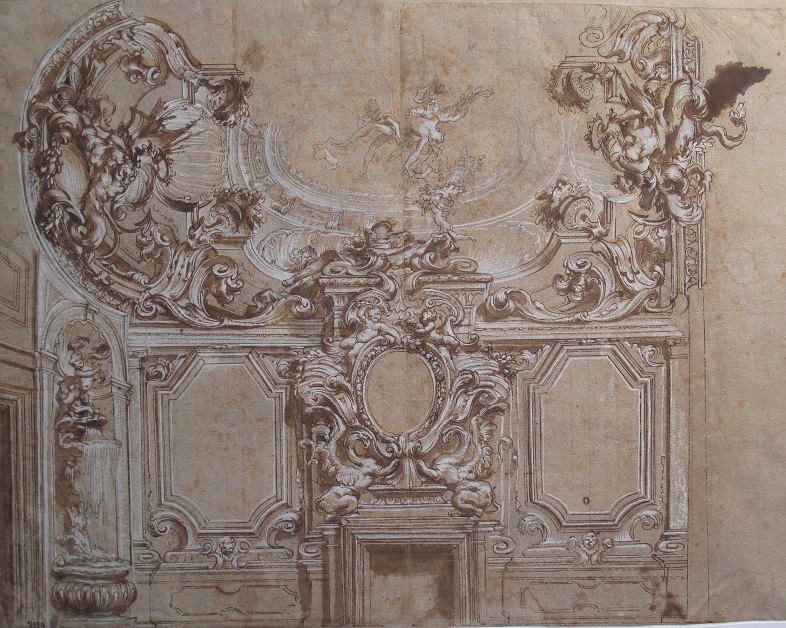
Click here to view image
Gregorio De Ferrari (Genova, 1647-1726)
disegno
Matita nera, penna e inchiostro, pennello e inchiostro acquerellato, biacca, carta marroncina.

Click here to view image
Gregorio De Ferrari (Genova, 1647-1726)
disegno
Matita nera, penna e inchiostro, pennello e inchiostro acquerellato, biacca, carta marroncina.

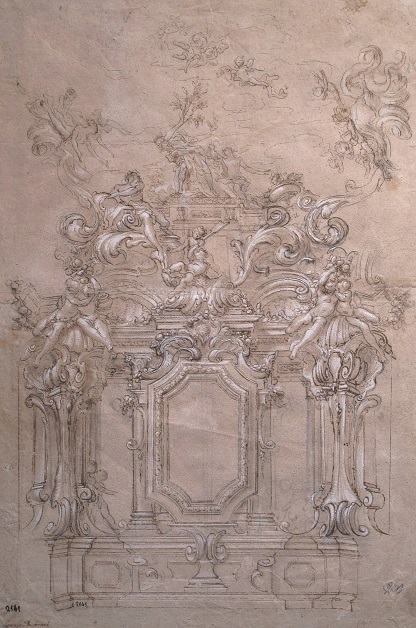
Click here to view image
Gregorio De Ferrari (Genova, 1647-1726)
disegno
Matita nera, penna e inchiostro, pennello e inchiostro acquarellato, biacca, carta cerulea.

The Luxoro Villa is part of a group of Museums located in Nervi, together with the GAM Modern art Museum, the Frugone Collections and the Wolfsonian Museum.
The charm of the sea and the passion for art are the leitmotif of a visit to the museum, a delightful villa surrounded by the greenery of the Nervi parks, where time seems to have stopped. One has the illusion of entering a residence that is still inhabited, in which the Luxoro, members of an ancient Genoese family, have used their extraordinary collections to decorate their home.
The sound of the sea and the scents of the Mediterranean scrub enter from the windows and terrace of the villa and accompany the visitor, making the experience of visiting the treasures of this house-museum unique.
Discover how it feels to be the privileged guest in the house of a family of friendly, cultured and passionate collectors; sense their regard for memories and the attention to what is beautiful, refined and unique, the work of the skilled hands of artists and craftsmen of the past. This atmosphere is part of the charm of Villa Luxoro.
The attentive visitor, however, cannot miss authentic rarities such as the monumental night clocks of the late seventeenth century, exceptional works combining art and science, as well as smaller treasures such as the eighteenth-century inlaid furniture and the delightful eighteenth-century majolica by Giacomo Boselli.
An absolute masterpiece which is not to be missed is: the painting by Alessandro Magnasco, which together with a series of important portraits and landscapes of the same era forms a picture gallery the mere sight of which recreates the atmosphere of the collector's home.
Visita guidata su prenotazione a questo link / Guided tour by reservation at this link
https://tickets.museidigenova.it/webshop2/webticket/shop?production=59&kassierer=webADU
Visita guidata su prenotazione a questo link / Guided tour by reservation at this link
https://tickets.museidigenova.it/webshop2/webticket/shop?production=59&kassierer=webADU
Visita guidata su prenotazione a questo link / Guided tour by reservation at this link
https://tickets.museidigenova.it/webshop2/webticket/shop?production=59&kassierer=webADU
Visita guidata su prenotazione a questo link / Guided tour by reservation at this link
https://tickets.museidigenova.it/webshop2/webticket/shop?production=59&kassierer=webADU
Visita guidata su prenotazione a questo link / Guided tour by reservation at this link
https://tickets.museidigenova.it/webshop2/webticket/shop?production=59&kassierer=webADU
Visita guidata su prenotazione a questo link / Guided tour by reservation at this link
https://tickets.museidigenova.it/webshop2/webticket/shop?production=59&kassierer=webADU
Always closed: January 1st, and December 25th.
WEATHER WARNING
In case of RED Hydrogeological Alert and Strong Storm Wind issued by the Civil Protection, the museum will remain closed and all scheduled events will be canceled
DOG-SITTING SERVICE
Dogs & Museum allows museum visitors who are dog owners to fully enjoy their visit by entrusting their pet to a professional dog sitter for the entire duration of their stay inside the museum.Created by Bauadvisor.
Learn more about Dogs & Museum at this link: https://www.museidigenova.it/it/node/13016
Visitors with a valid admission ticket to one of the participating city museums are entitled to a discount on the service fee offered by Bauadvisor.
The museum is not part of the Genova Museum Card circuit.
The Nervi Parks are fully accessible and offer the opportunity to experience a green space in the heart of the city.
TICKETS
Guided tours of the ground floor of the Villa on Fridays, Saturdays, and Sundays at the following times:
€4 per person - Reservation required at this link https://tickets.museidigenova.it/webshop2/webticket/shop?production=59&kassierer=webADU
Tours are conducted with a minimum number of participants and are therefore subject to reconfirmation.
For complaints and returns download this form
In case of impossibility to visit the museum, you can request a refund of the entrance tickets (single, full or reduced, cards), including those purchased online. The refund request must be submitted within 15 days of the outage using this form.
https://www.genovacitypass.it/
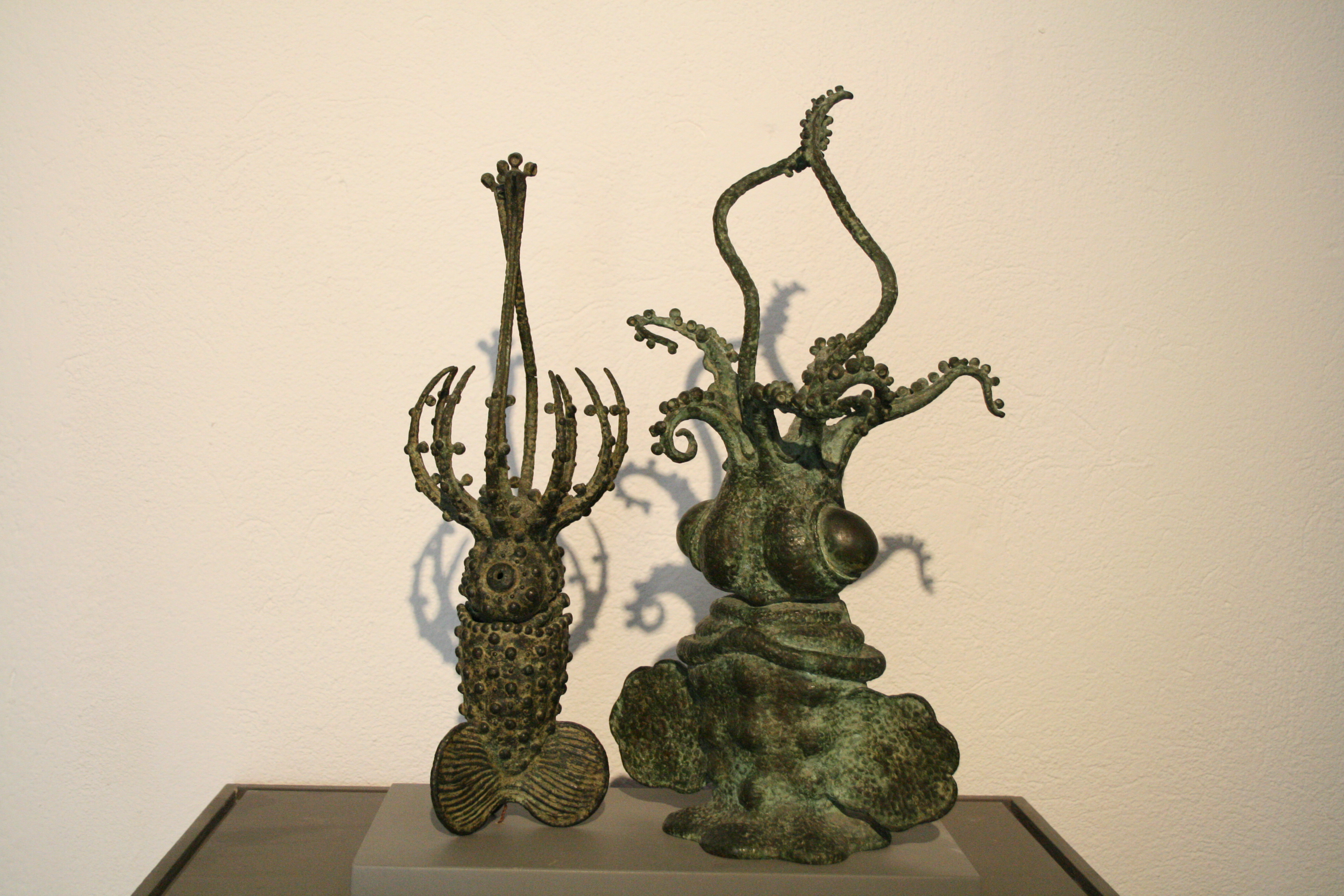
Click here to view image
Angelo Camillo Maine (Genova, 1892-1969)

Click here to view image
Guido Galletti (Londra, 1893 - Genova, 1977)
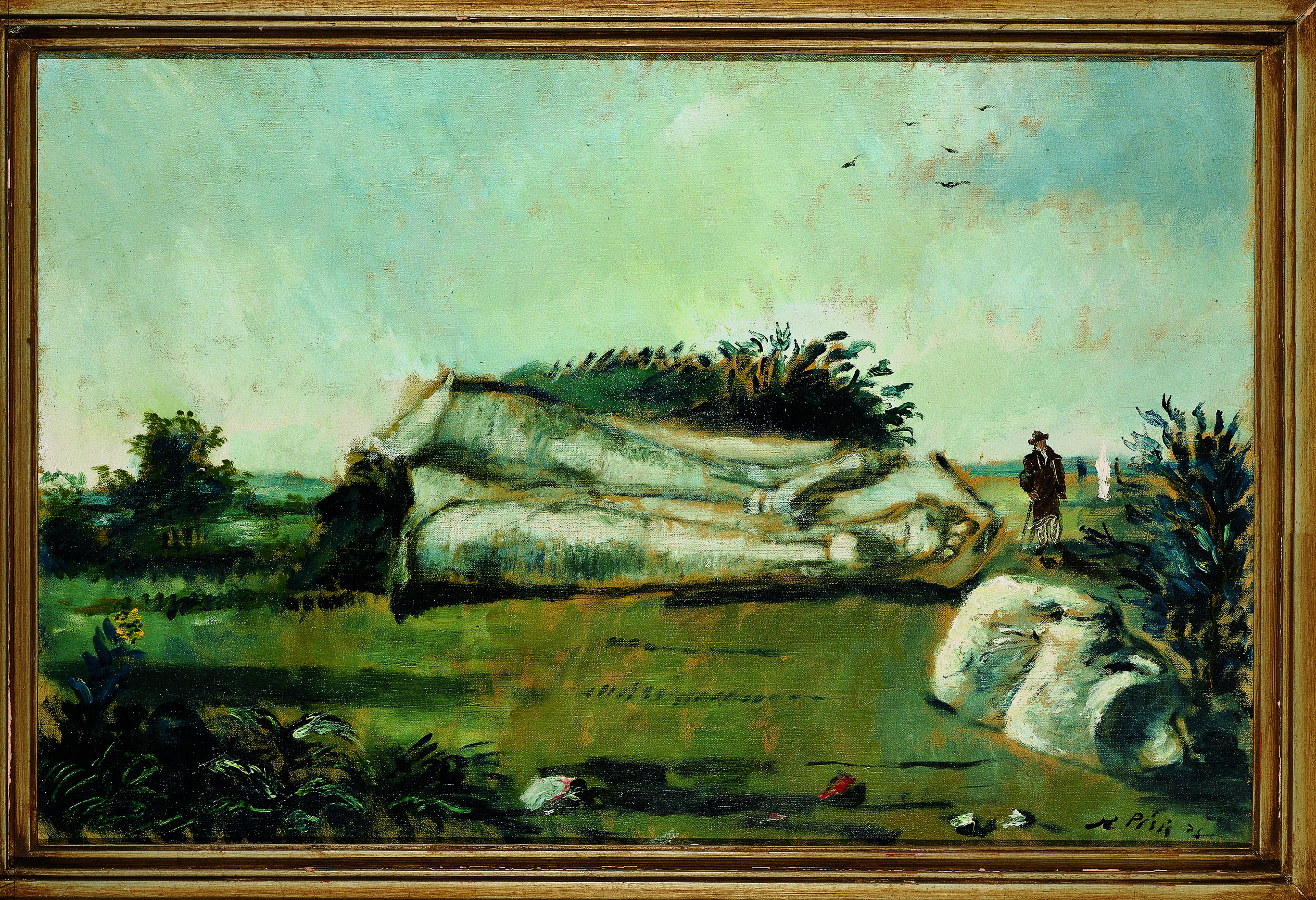
Click here to view image
Filippo De Pisis (Ferrara, 1896 - Milano, 1956)
Filippo De Pisis, L'archeologo, 1928, olio su tela, Musei di nervi - Galleria d'Arte Moderna

Click here to view image
Edoardo De Albertis (Genova, 1874-1950)
marmo
Edoardo De Albertis, Maternità, 1905 ca., Musei di Nervi - Galleria d'Arte Moderna

Click here to view image
The Corsairs - Sea Pirates
Estrazione Mostra Società Promotrice di Belle Arti 1910 Genova - assegnazione
Nomellini, Plinio
painting
1908 - 1908 - XX
GAM43
Unità di misura: cm; Altezza: 161; Larghezza: 186.5; Varie: Le misure si riferiscono all'intera opera, comprensiva di cornice.
olio su tela
Painting consisting of a rectangular canvas and a wooden predella divided into three panels. The main canvas depicts a sailing boat silhouetted against a red and cloudy sky. At the bow, a figure dressed in a tunic stands at the helm and dips a stick into the water. The panels of the predella are painted with details of rocks and water.

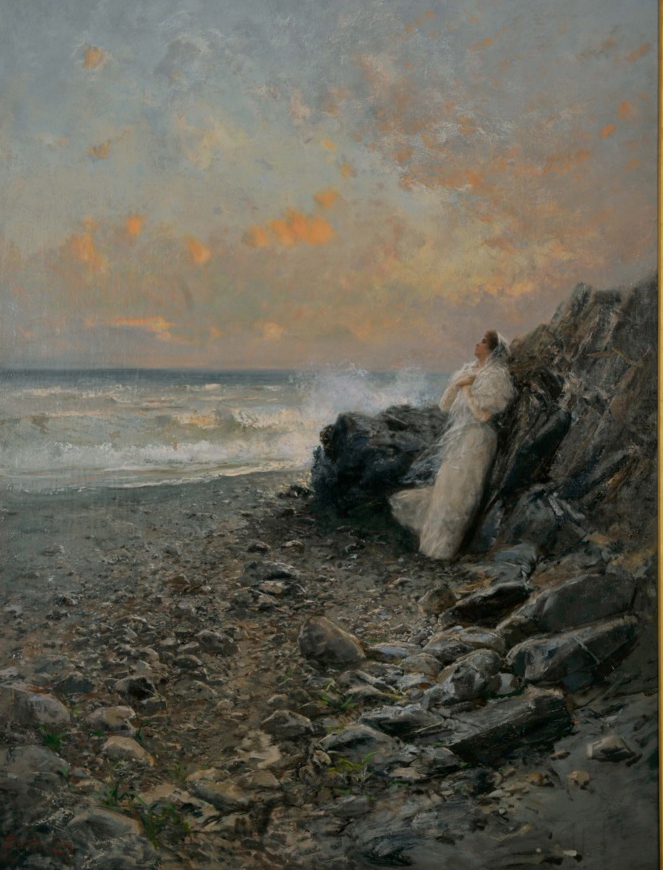
Click here to view image
Pompeo Mariani (Monza, 1857 - Bordighera, 1927)
Olio su tela, cm 197,5 x 135
Firmato e datato "P.Mariani 1897"

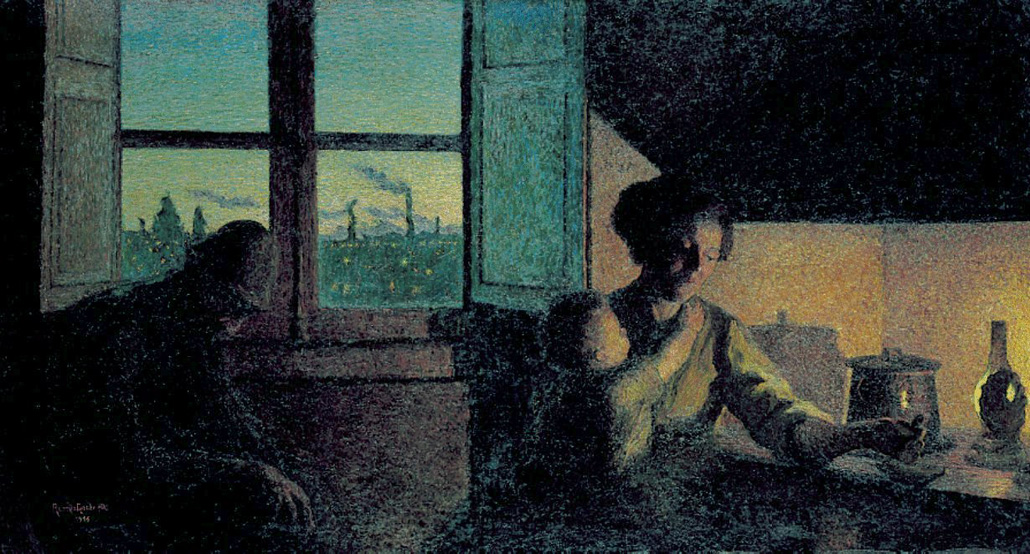
Click here to view image
Albert Helios Gagliardo (Genova, 1893-1987)
Olio su tela, cm.90 x 168,5
Firmato e datato in basso a sinistra "Alberto Gagliardo 1914"


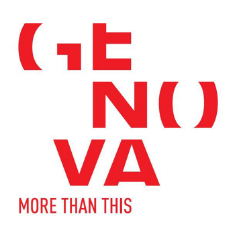
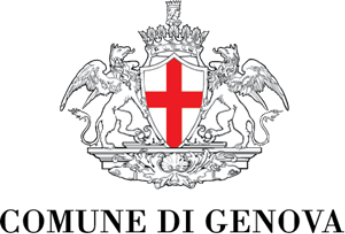
Headquarters:
Municipality of Genoa - Palazzo Tursi
Via Garibaldi 9 - 16124 Genoa
C.F / VAT 00856920102
Follow us on Tripadvisor